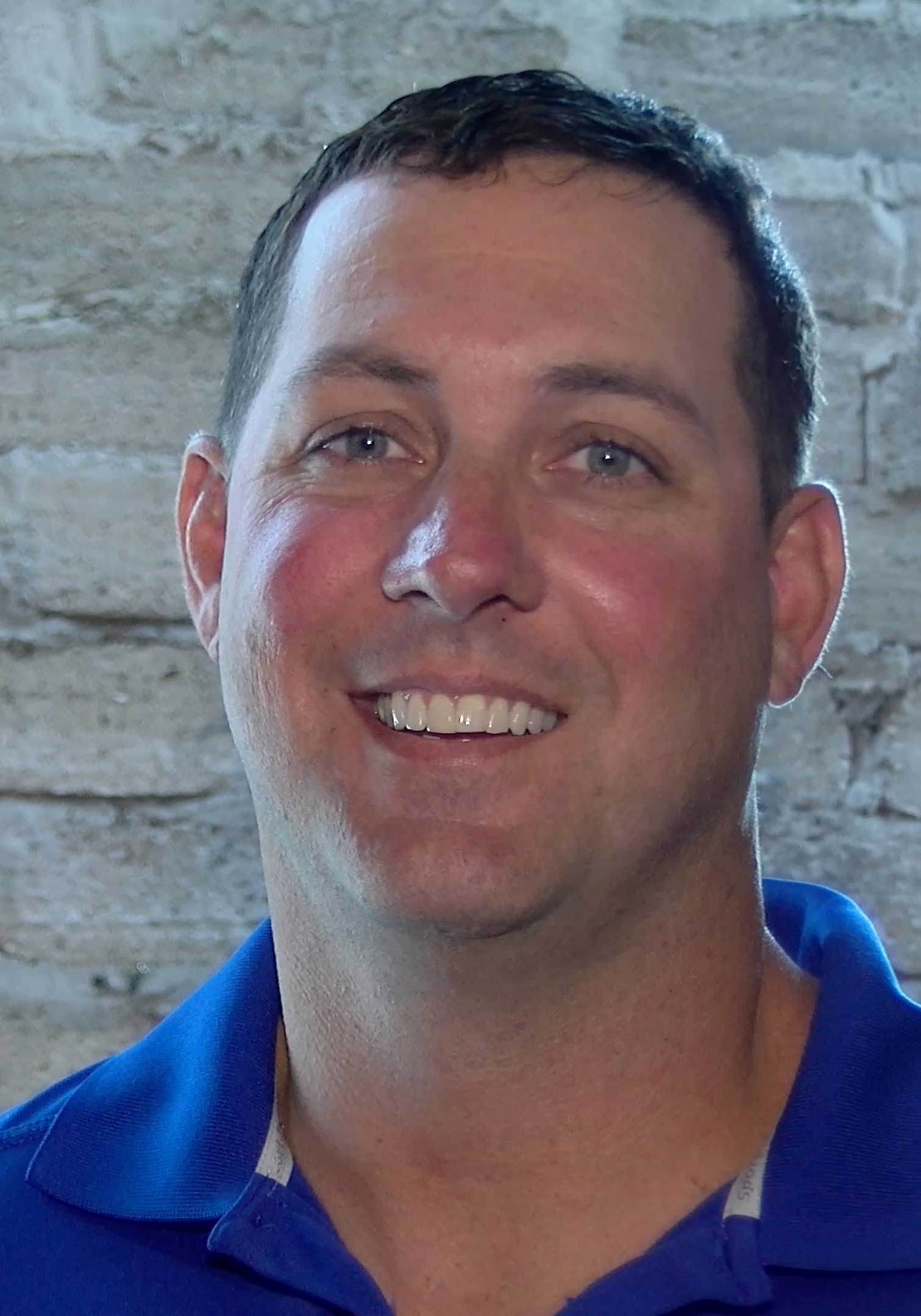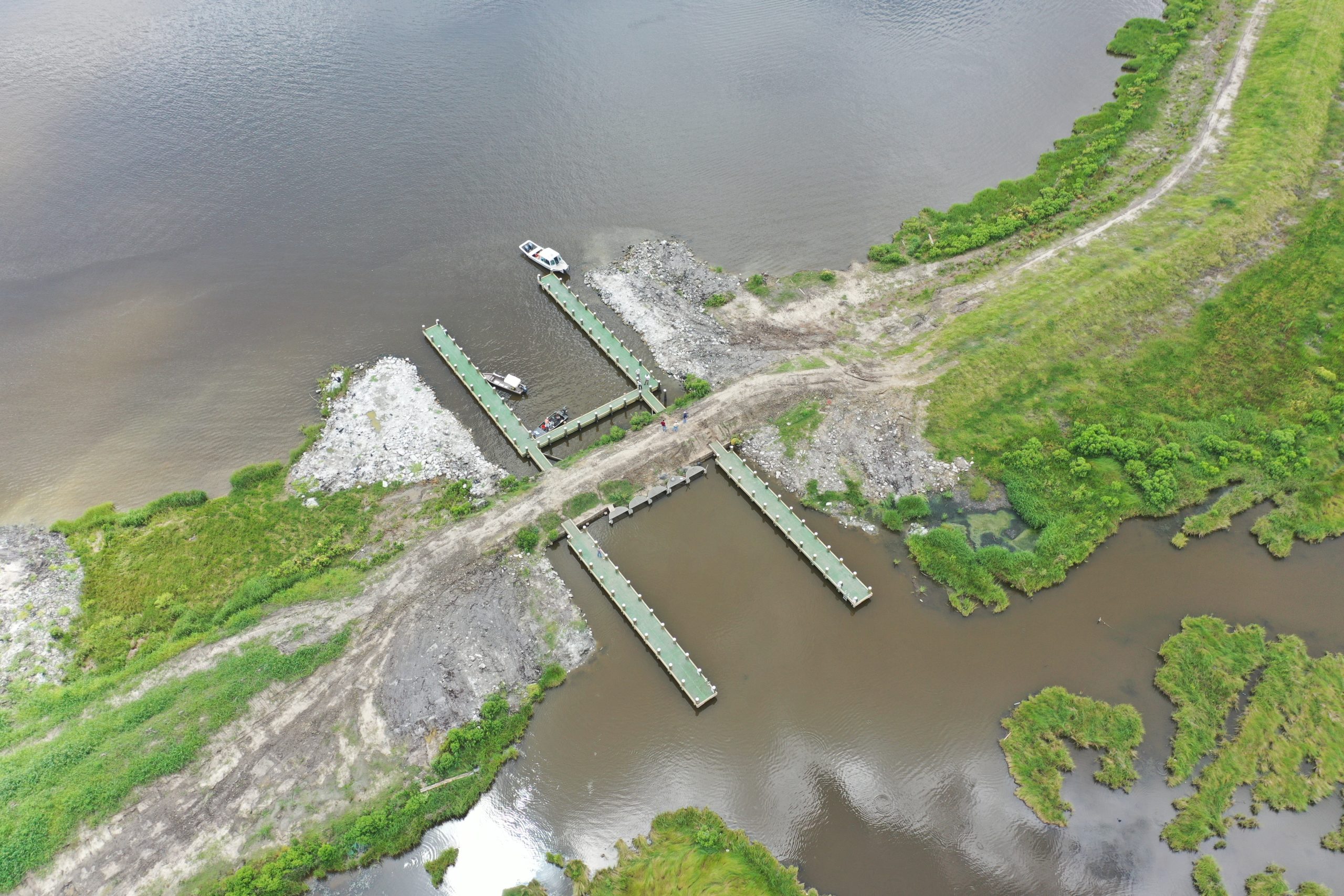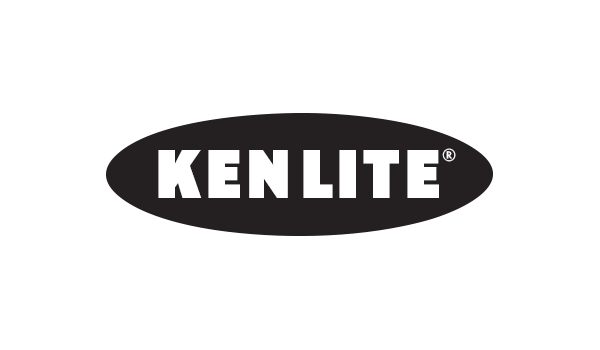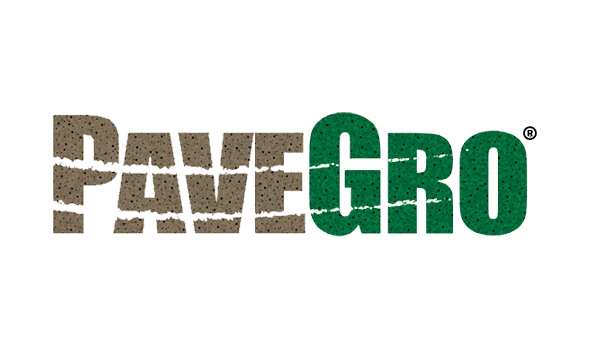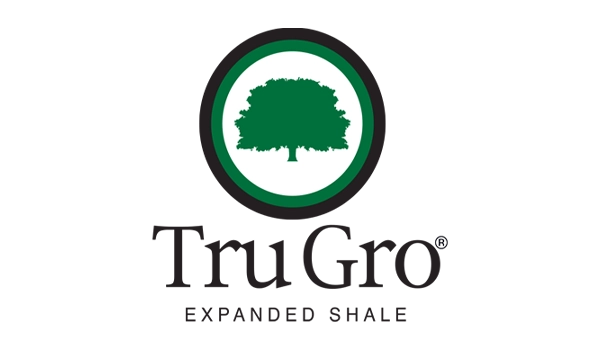New Orleans Firm Chosen for Project
Pontchartrain Partners, LLC, based in New Orleans, was the engineering firm chosen to work on the Barataria restoration. Led by Bart Cook, P.E., President and Chief of Construction Operations, Pontchartrain Partners brought extensive expertise to this coastal project. Barlow “Bart” Cook, a licensed Professional Engineer in multiple states, has over 20 years of experience in heavy civil, marine, and mechanical construction, covering both private and government sectors. His work includes managing large-scale projects such as coastal restoration, levee construction, dredging, disaster recovery, and pump station repairs.







